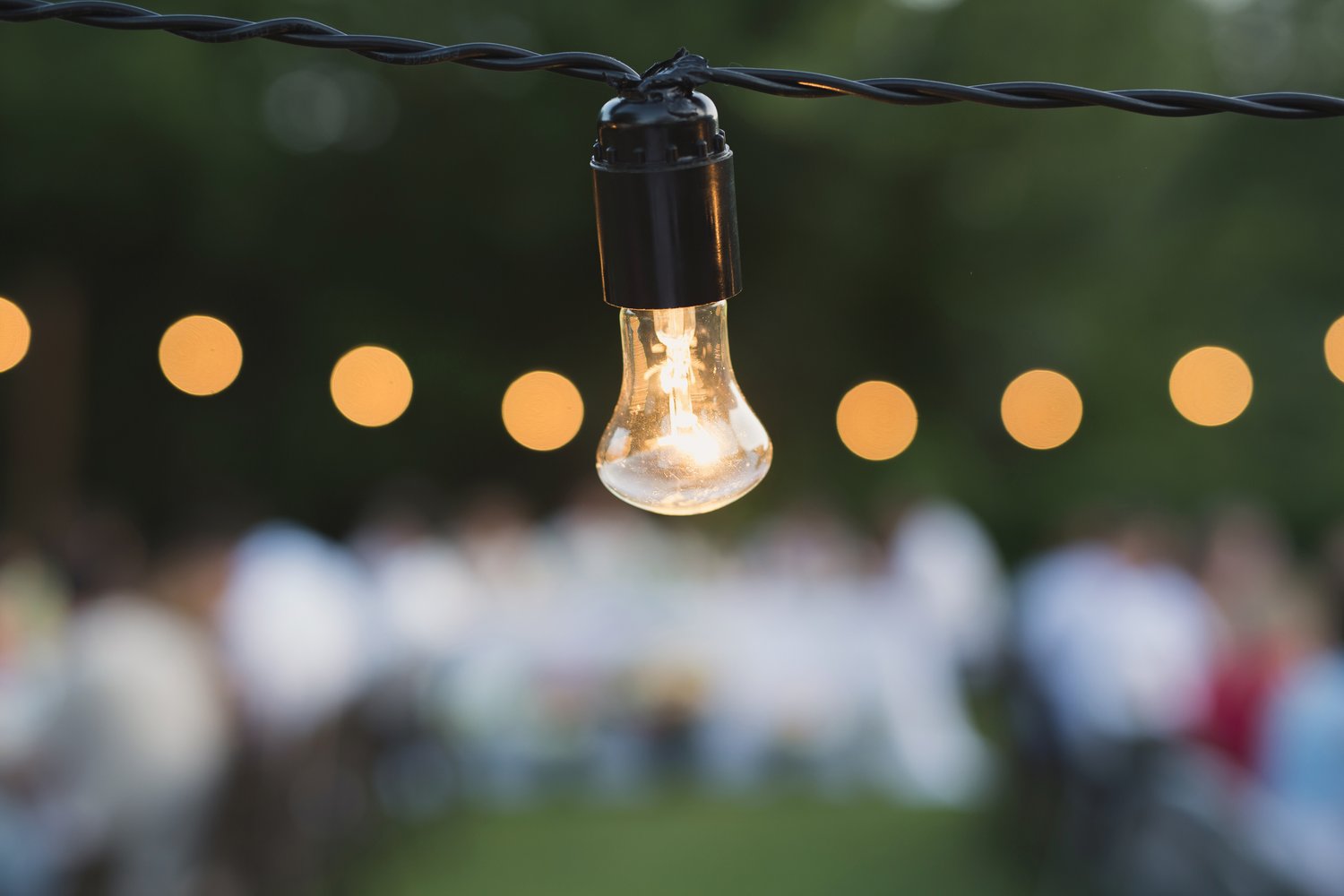The right outdoor lighting transforms ordinary backyards into enchanting nighttime retreats while simultaneously enhancing home security. A thoughtfully designed lighting plan can highlight architectural features, illuminate pathways, and create a welcoming atmosphere for evening gatherings. This comprehensive guide explores various outdoor lighting ideas that blend functionality with aesthetic appeal, from energy-efficient LED systems to strategic placement techniques for landscape lighting. Whether you’re planning a complete backyard lighting overhaul or simply adding a few patio lighting accents, these principles will help you create a space that’s both beautiful and safe after sunset.
Understanding the Basics of Outdoor Lighting Design
Effective outdoor lighting begins with understanding the three fundamental types of illumination: ambient, task, and accent lighting. Ambient lighting provides overall illumination for your outdoor space, creating the foundation of your lighting plan. This might include overhead patio lighting fixtures or post lights that cast a gentle glow across larger areas. Task lighting serves a specific purpose, such as illuminating a grill area or brightening steps and walkways for safety. Accent lighting highlights specific features of your landscape or architecture, drawing attention to trees, water features, or textured walls.
When developing your backyard lighting scheme, consider how these different lighting types work together to create layers of light. A well-designed outdoor space incorporates all three elements to achieve both functionality and ambiance. Start by mapping your yard and identifying areas that require illumination, considering how you use different spaces throughout the evening and which landscape features deserve special attention.
Smart Outdoor Lights: The Future of Landscape Illumination
Technology has revolutionized outdoor lighting with smart systems that offer unprecedented control and customization. Modern smart outdoor lights can be programmed to adjust brightness based on the time of day, respond to motion for enhanced security, or change colors to match your mood or the season. These systems typically connect to smartphone apps that allow you to control your entire backyard lighting setup from anywhere.
Color-changing LED systems provide versatility that traditional lighting cannot match. You might set a warm white illumination for dinner parties on your patio, switch to a vibrant blue for pool gatherings, or create a subtle amber glow for relaxing evenings. Many smart systems also integrate with voice assistants, allowing you to adjust your landscape lighting with simple commands. While the initial investment in smart outdoor lights may be higher than traditional options, the energy efficiency of LED technology and the extended lifespan of these fixtures often make them more economical in the long run.
Creating Pathways of Light for Safety and Style
Pathway lighting serves the dual purpose of guiding guests safely through your outdoor spaces while adding visual interest to your landscape design. When planning walkway illumination, avoid the common mistake of creating a “runway effect” with lights placed at regular intervals along both sides. Instead, stagger pathway lights at different heights or alternate sides of the walkway for a more natural appearance.
Low-voltage landscape lighting is ideal for pathways, offering safe installation and operation while providing adequate illumination without overwhelming brightness. Consider fixtures that direct light downward to highlight the texture of paving stones or ground cover plants. For steps and elevation changes, integrated step lights or strategically placed path lights at different heights ensure everyone can navigate safely after dark. AskHomey experts recommend selecting fixtures with shields that prevent glare, directing light precisely where it’s needed while preserving the serene atmosphere of your outdoor space.
Highlighting Landscape Features with Strategic Illumination
Thoughtful landscape lighting transforms your garden from a dark void at night into a dramatic outdoor gallery. The technique of uplighting involves placing fixtures at ground level to cast light upward, emphasizing the height and structure of trees, architectural elements, or garden sculptures. Conversely, downlighting mimics moonlight when fixtures are mounted in trees or on structures, creating gentle, dappled illumination below.
Water features benefit from submersible lights that create mysterious glowing effects, while grazing techniques place lights close to textured surfaces like stone walls to emphasize their dimensional character. When planning your landscape lighting, remember that subtlety is key—the goal is to highlight your backyard’s best features without creating harsh spotlights or excessive brightness that can diminish the natural beauty of nighttime outdoors.
Energy Efficiency and Maintenance Considerations
Modern outdoor lighting solutions balance beauty with sustainability through energy-efficient technologies. LED fixtures for patio lighting and landscape illumination consume significantly less electricity than traditional incandescent or halogen options while offering superior longevity. Solar-powered pathway lights provide a completely off-grid solution for areas that receive adequate sunlight, though they typically produce less intense illumination than wired alternatives.
To maintain your backyard lighting system, establish a regular schedule for checking fixtures, cleaning lenses, and trimming plant growth that may obstruct light paths. Consider installing timers or photocells that automatically activate your landscape lighting at dusk and deactivate at dawn or after a set period, ensuring efficiency without requiring daily attention. For areas with seasonal use, weather-resistant covers can protect fixtures during off-seasons, extending their lifespan and preserving your investment.
For more tips and to connect with reliable home service professionals, follow AskHomey on Facebook and Instagram.



